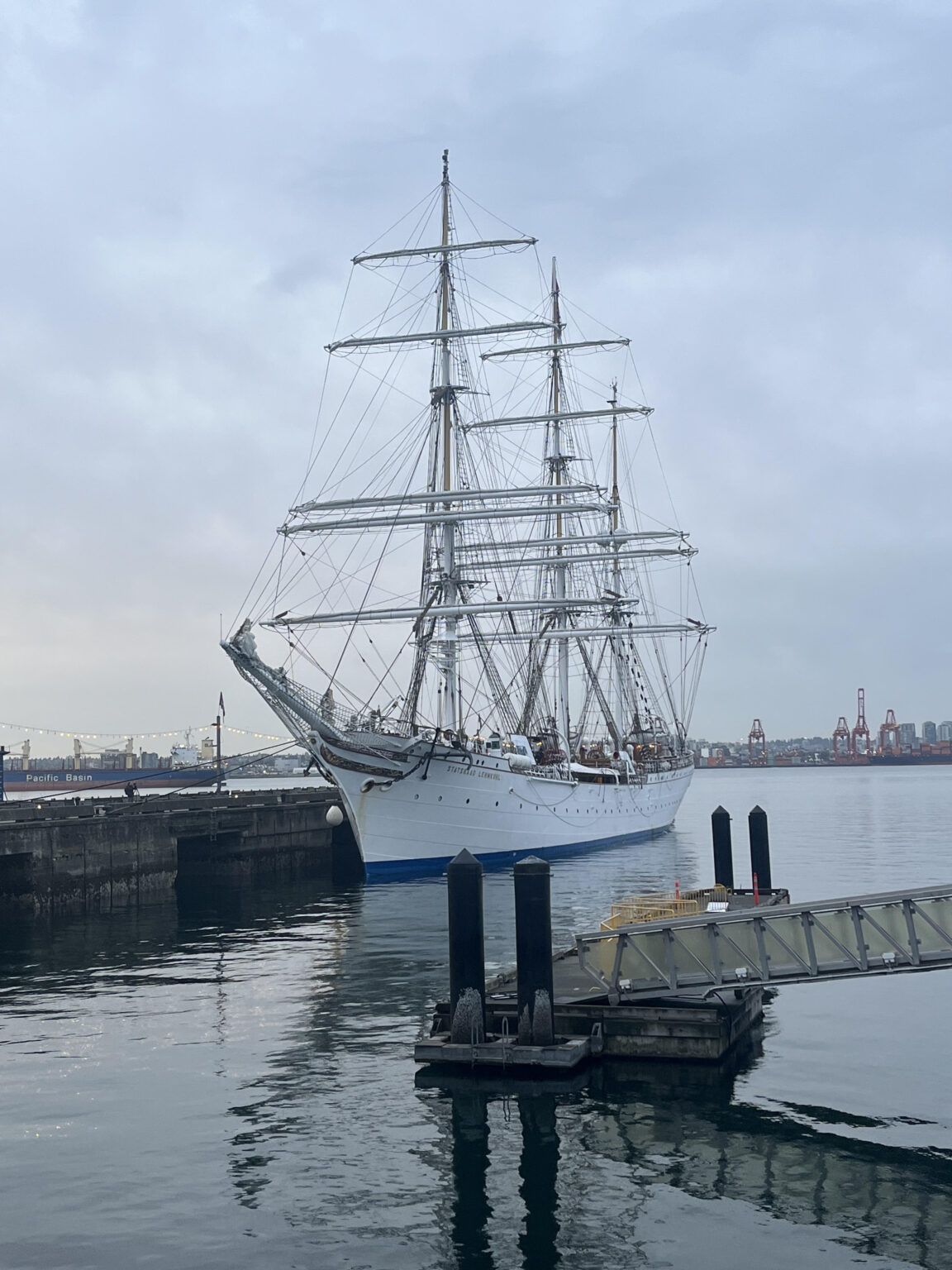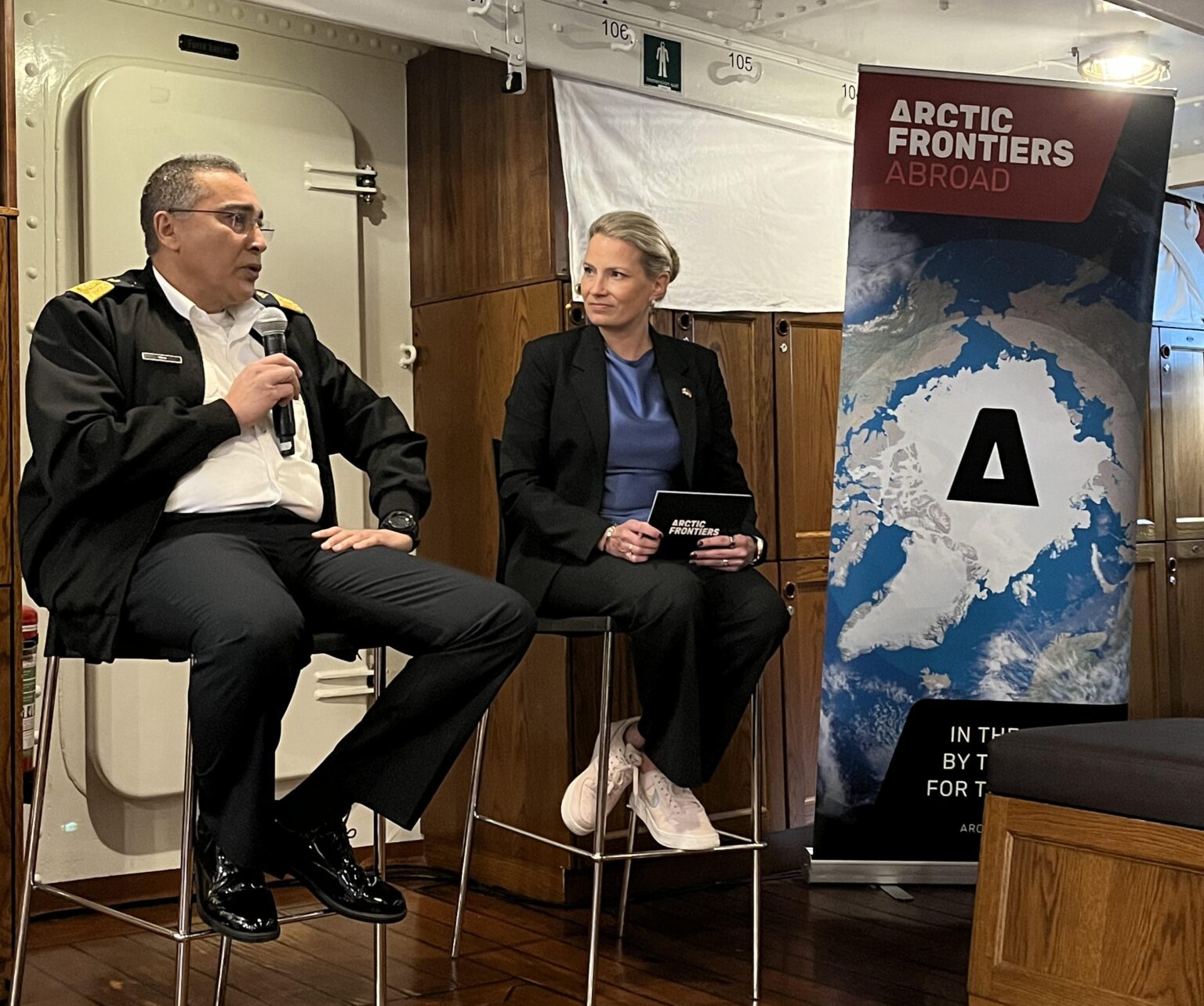Bringing the Arctic to the Pacific Northwest
On October 19th, together with the Royal Norwegian Embassy in Ottawa, we welcomed over 1200 people as we opened the Statsraad Lehmkuhl Norwegian Tallship to the public of Vancouver, followed by a networking reception hosted by the Embassy.
A number of speeches celebrated the arrival of the ship and thanked the First Nations tribe of Squamish for allowing us to sail through their waters. Global Affairs Canada also joined us, to launch our joint project to bring 10 young Arctic and northern Canadians to Tromsø each year for the next four years.
The next day, we held a series of panel discussions, bringing together experts in blue economy, ocean research and safe shipping practices, to discuss the coastal development in the north American and European Arctic.
– If someone tells you there is enough infrastructure in the Arctic, they’re wrong. They must never have visited the Arctic.
This was said by Assistant Commissioner for the Arctic Region, Youssef Mani at the Canadian Coast Guard, during one of several panel discussions.
AC Mani continued by recounting that the number of vessels sailing through the Northwest Passage in 2025 was 5% higher than the previous year, and whilst this is still a small total number (40 vessels), it accounts to a large risk, due to the lack of infrastructure, the dangerous environmental conditions, and the limited capacity of small communities along the coasts.
– There is still so much more to do; to create policies for shipping in the Arctic, and Inuit knowledge holders are well set to be the decision makers, said Hilu Tagoona from Oceans North.
Seattle
The 24th of October we again boarded Statsraad Lehmkuhl, this time in Seattle, USA.
The conversations continued in Seattle with a series of panels focused on coast to coast collaboration in research, blue business economies and development, and safe maritime acticities in the Arctic.
– Students are the strongest link between research and innovation – they play a key role in enhancing research, said University Rector at the University of Bergen, Margareth Hagen.
– Public-private partnerships are key to creating new industries – out of the blue comes the green, said Head of Market Development for Maritime CleanTech, Håvard Tvedte.
Key themes of both events were:
- the impact of maritime activities on locals and indigenous groups, on politics, and on the economy.
- Research funding for both basic and applied science is required for greater understanding of our planet, for the green shift, and for innovation towards new businesses.
- Active engagement and co-production of knowledge between scientists and indigenous knowledge holders.
- Public-private partnerships and diverse funding is needed for the blue economy.


Speakers
Multiple speakers contributed in the discussions – to read more about our panelists and topics click here.
